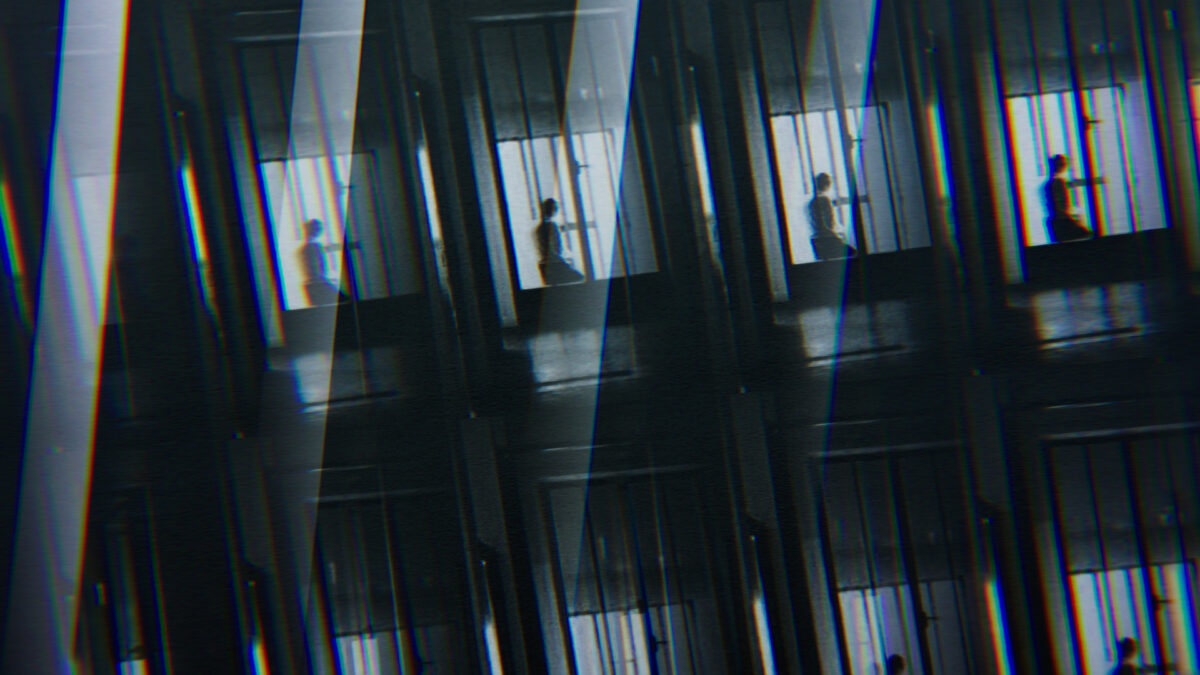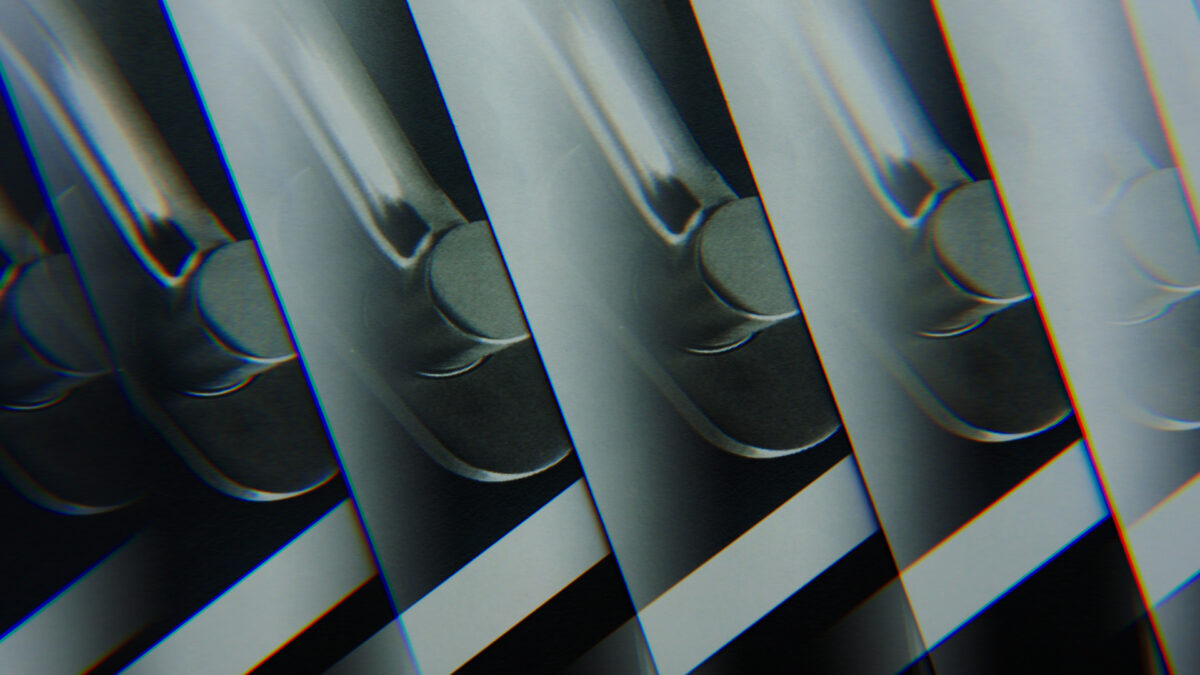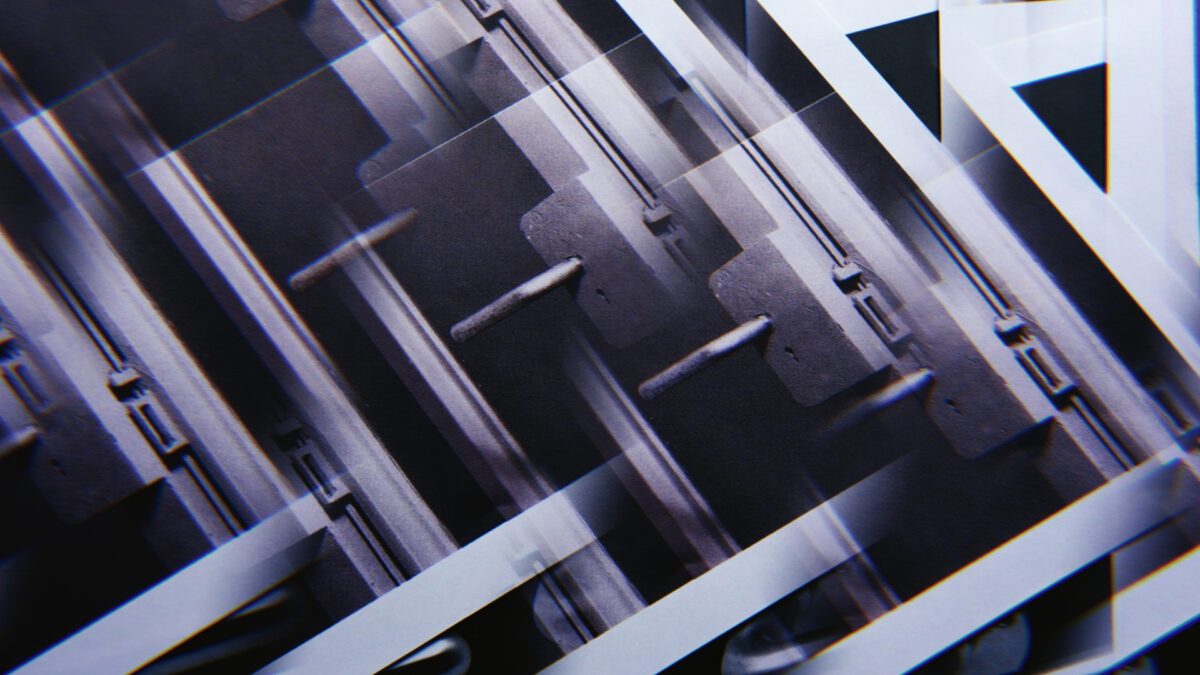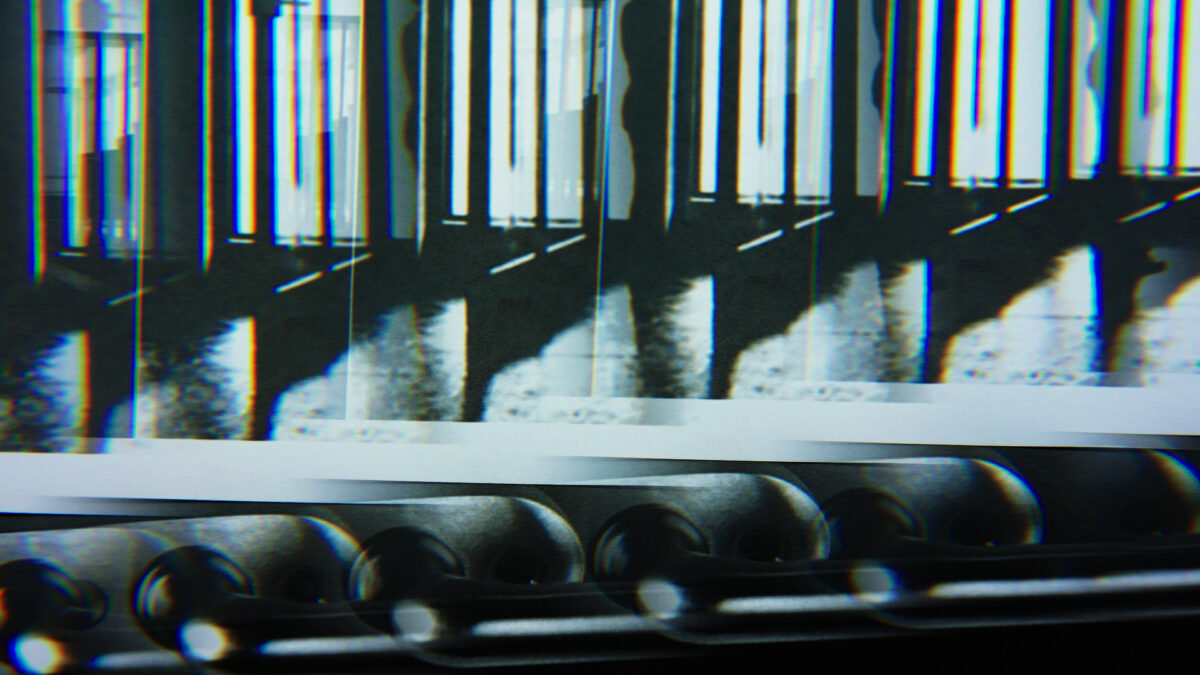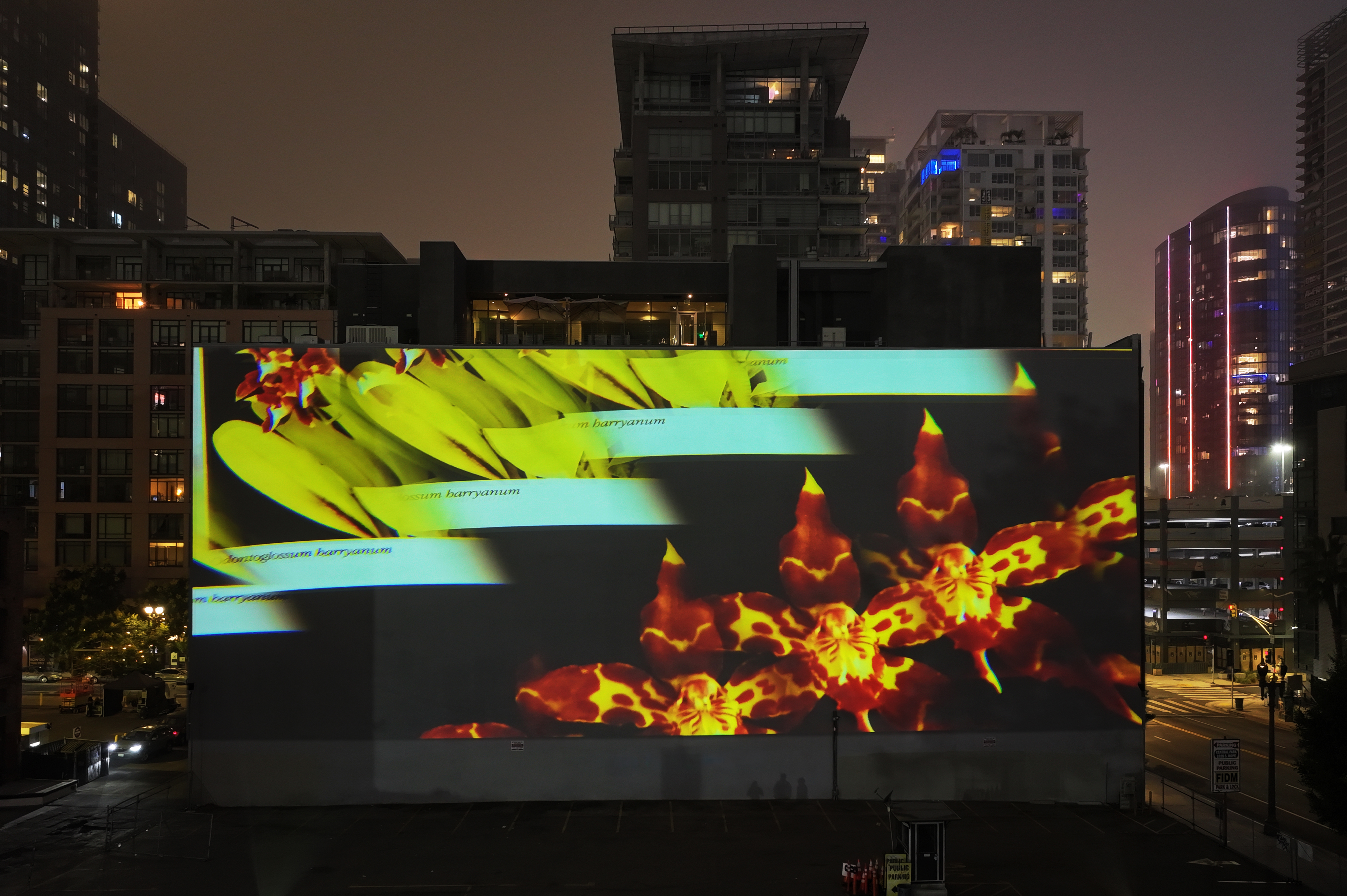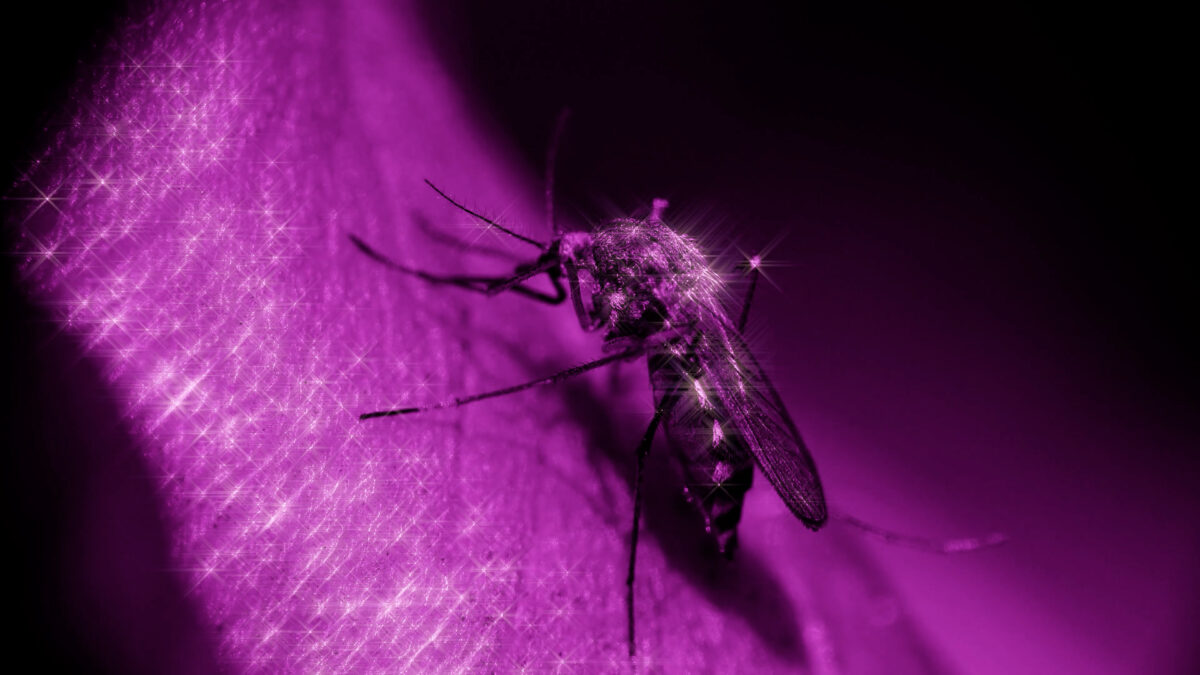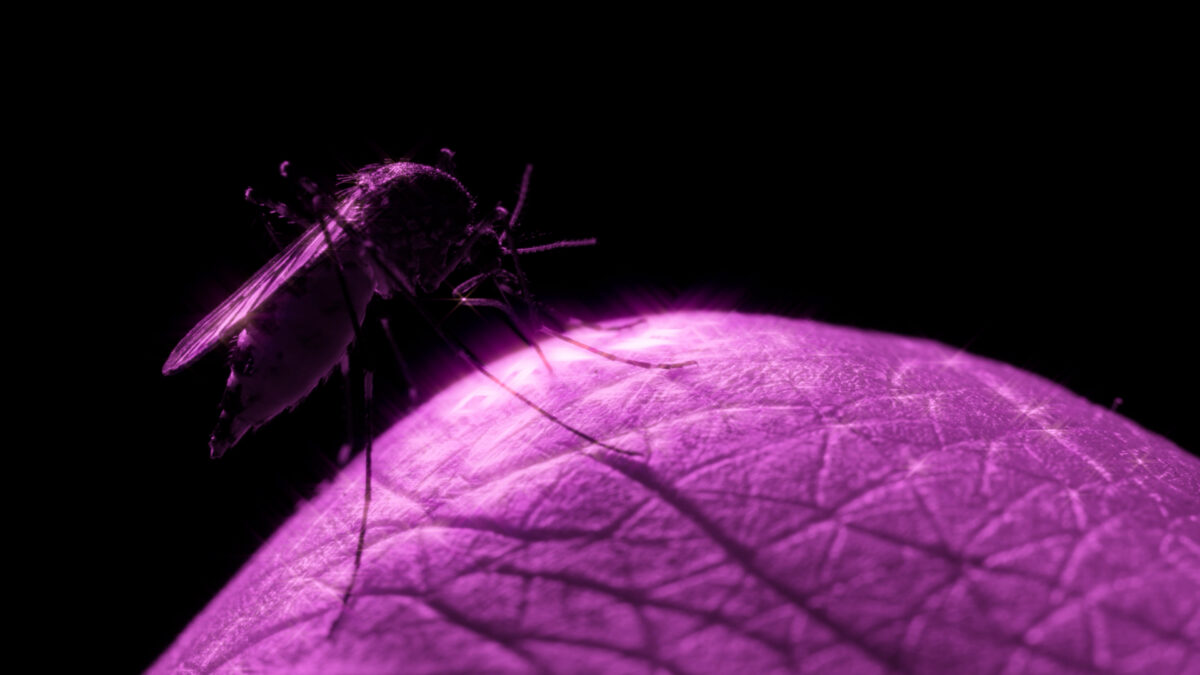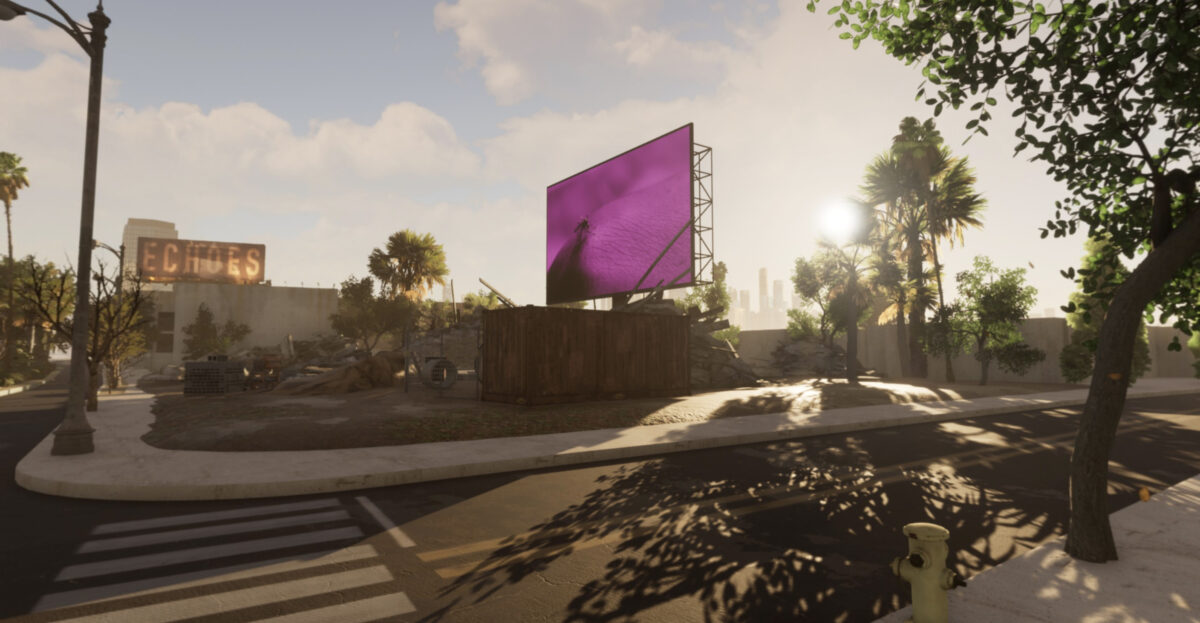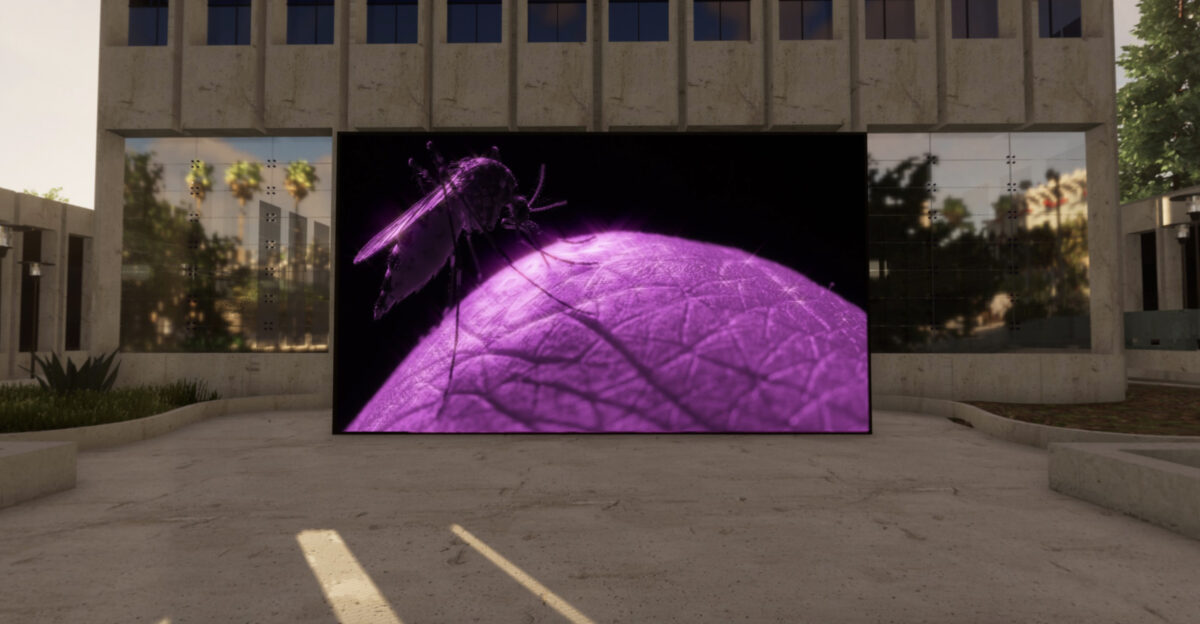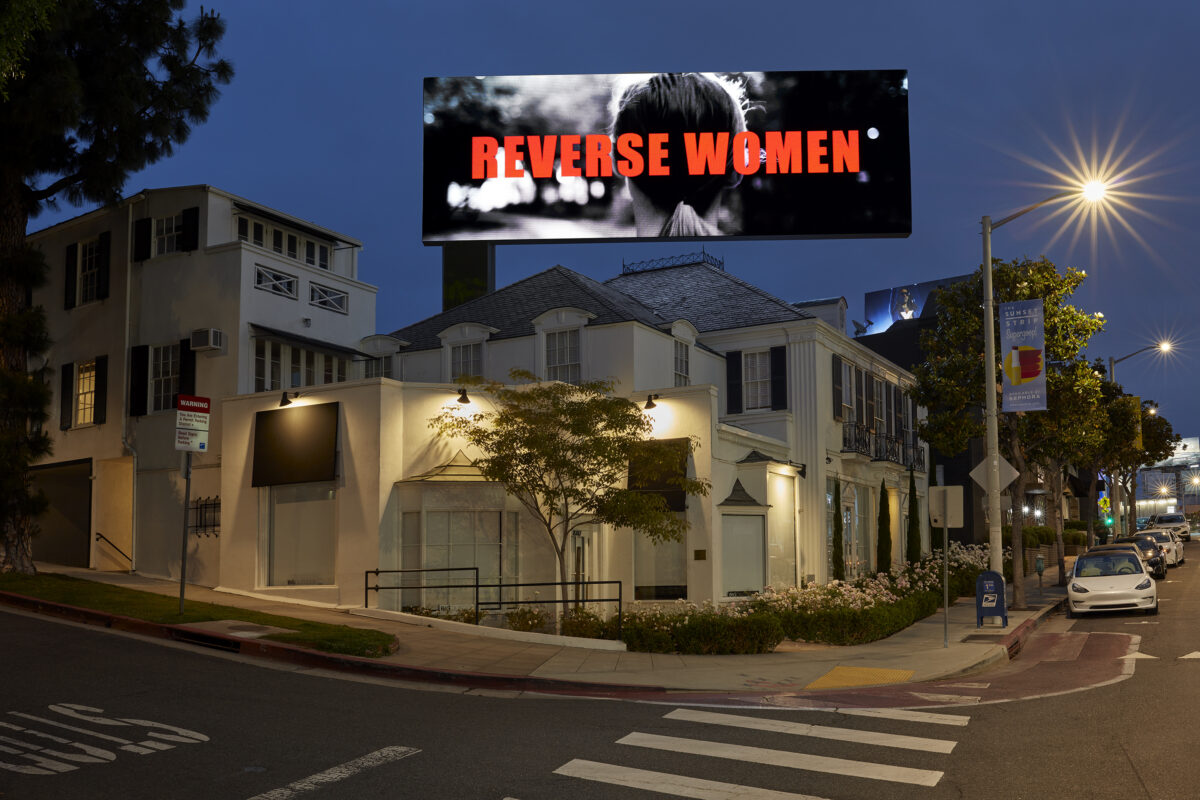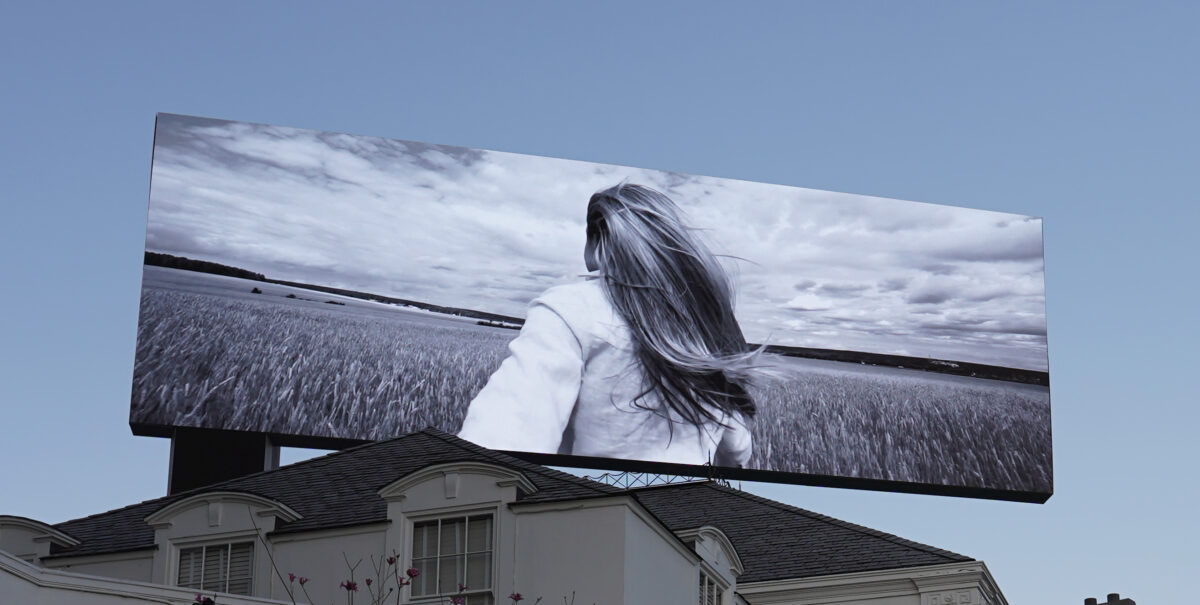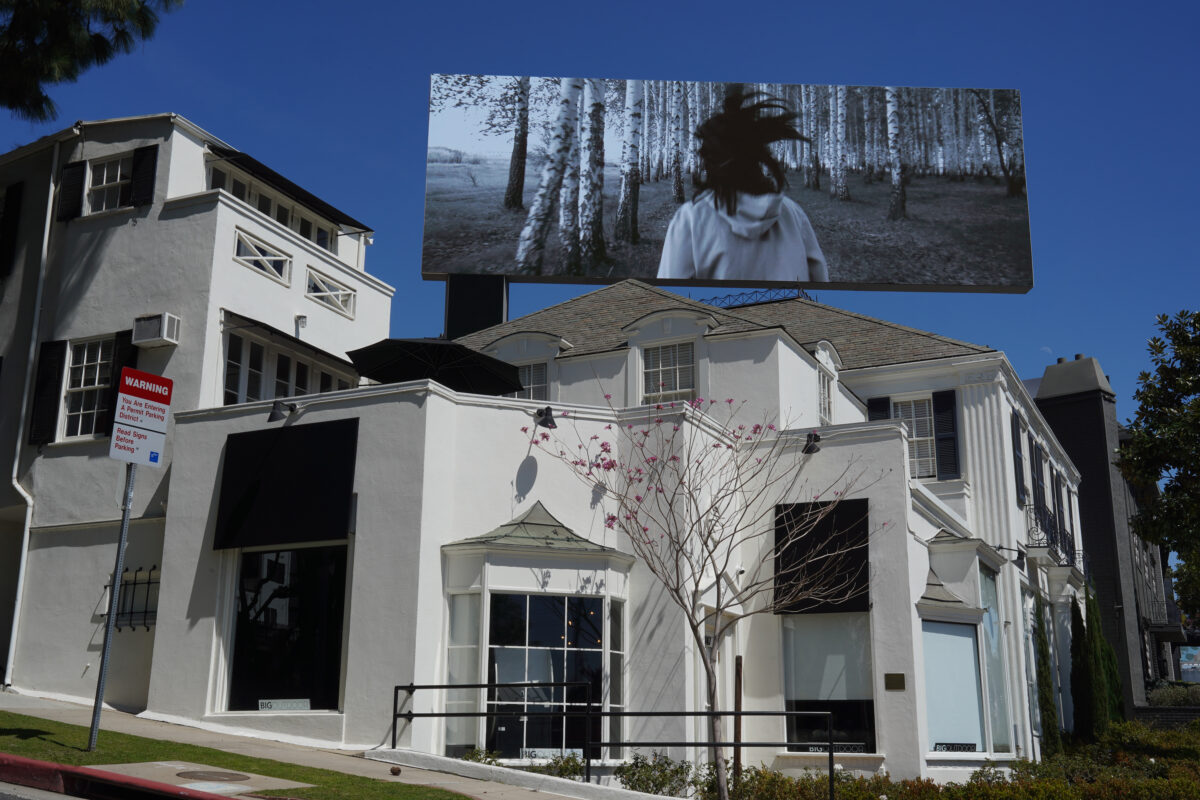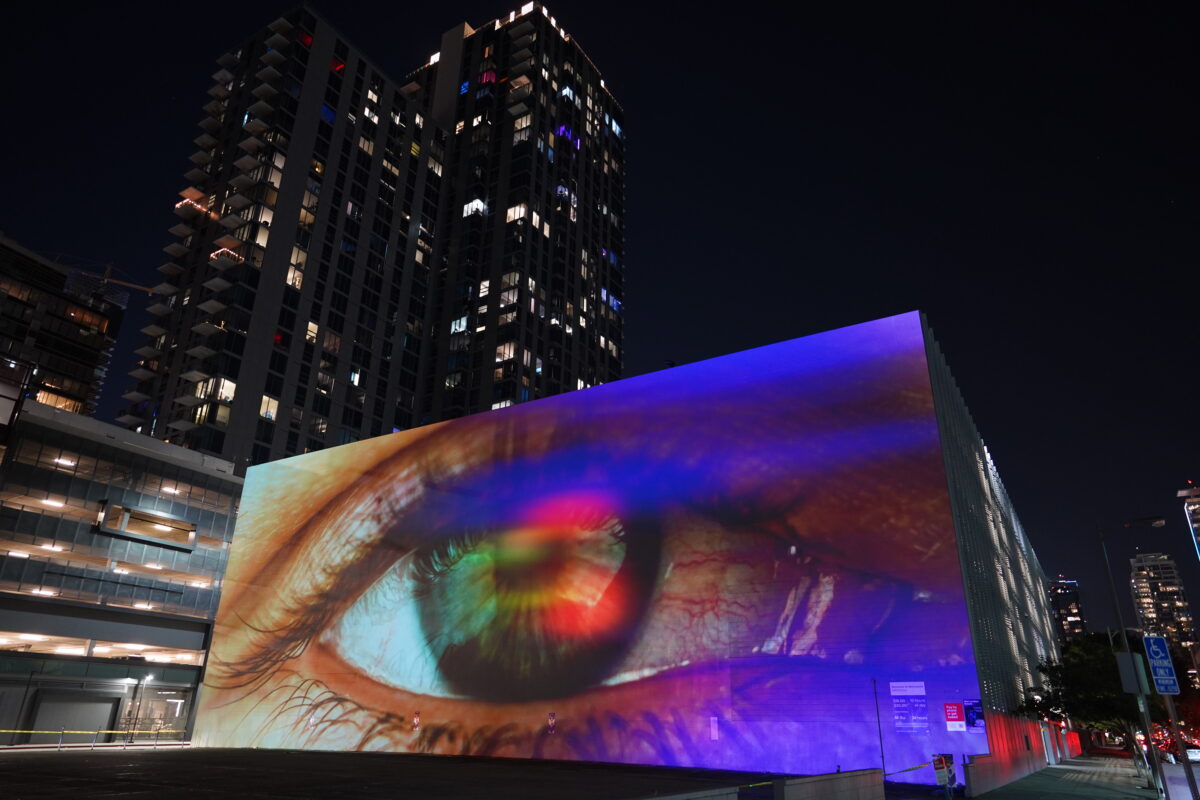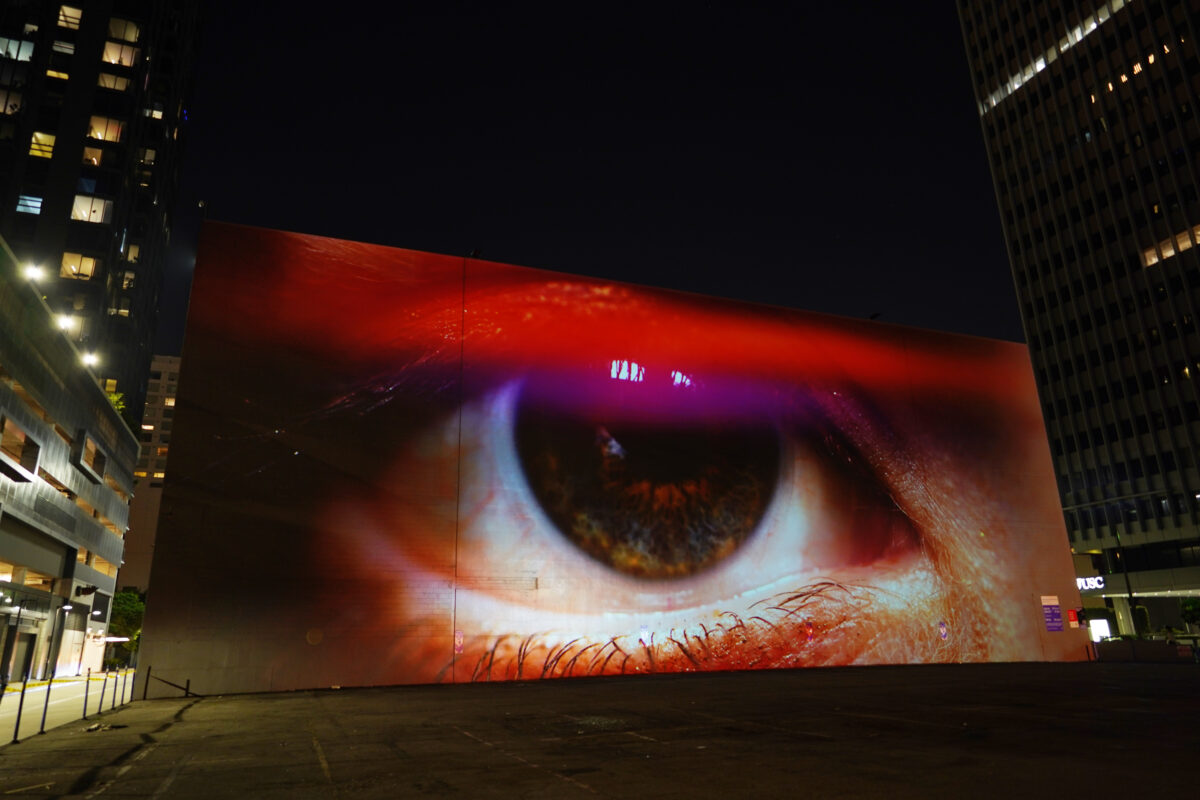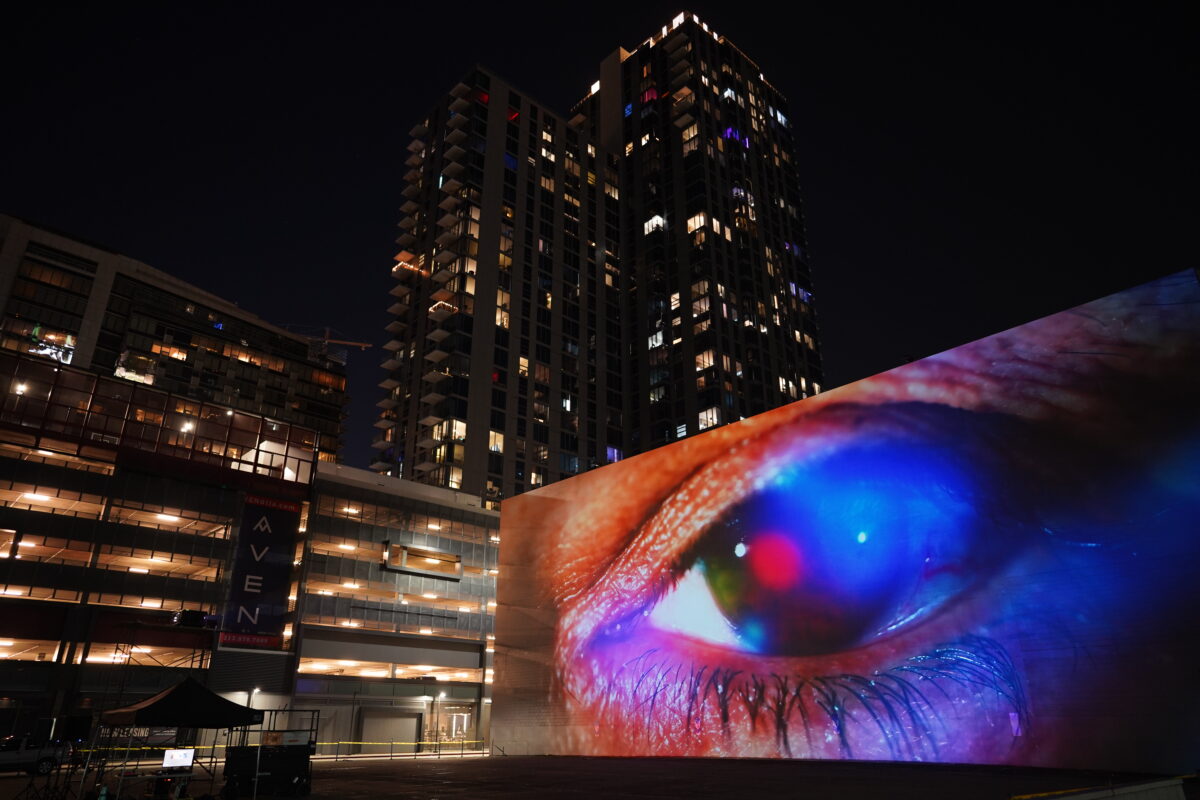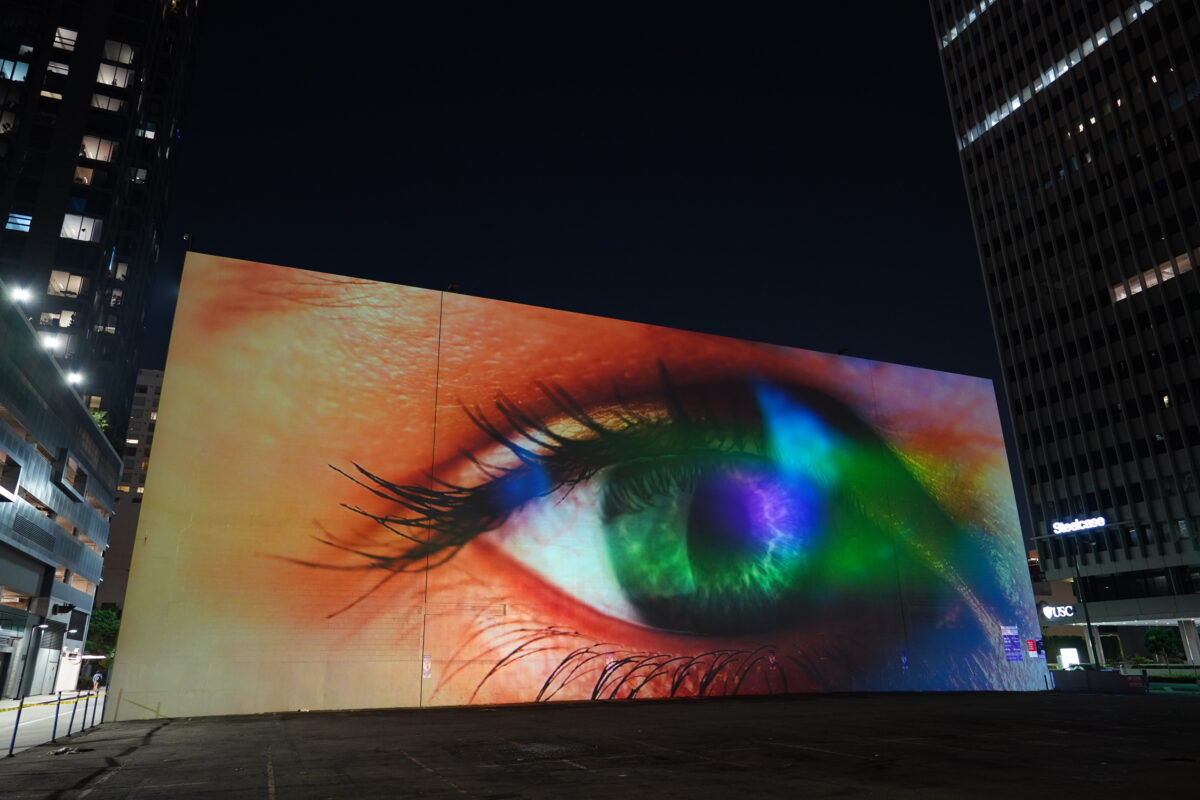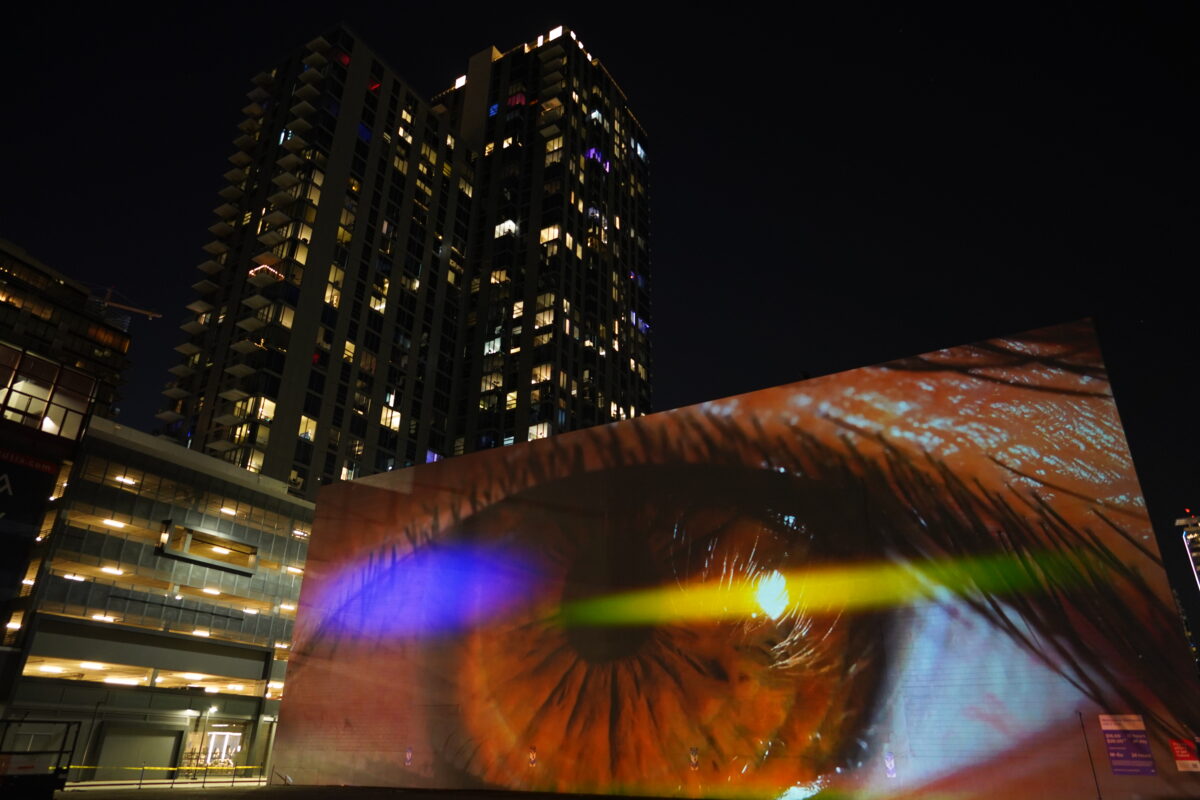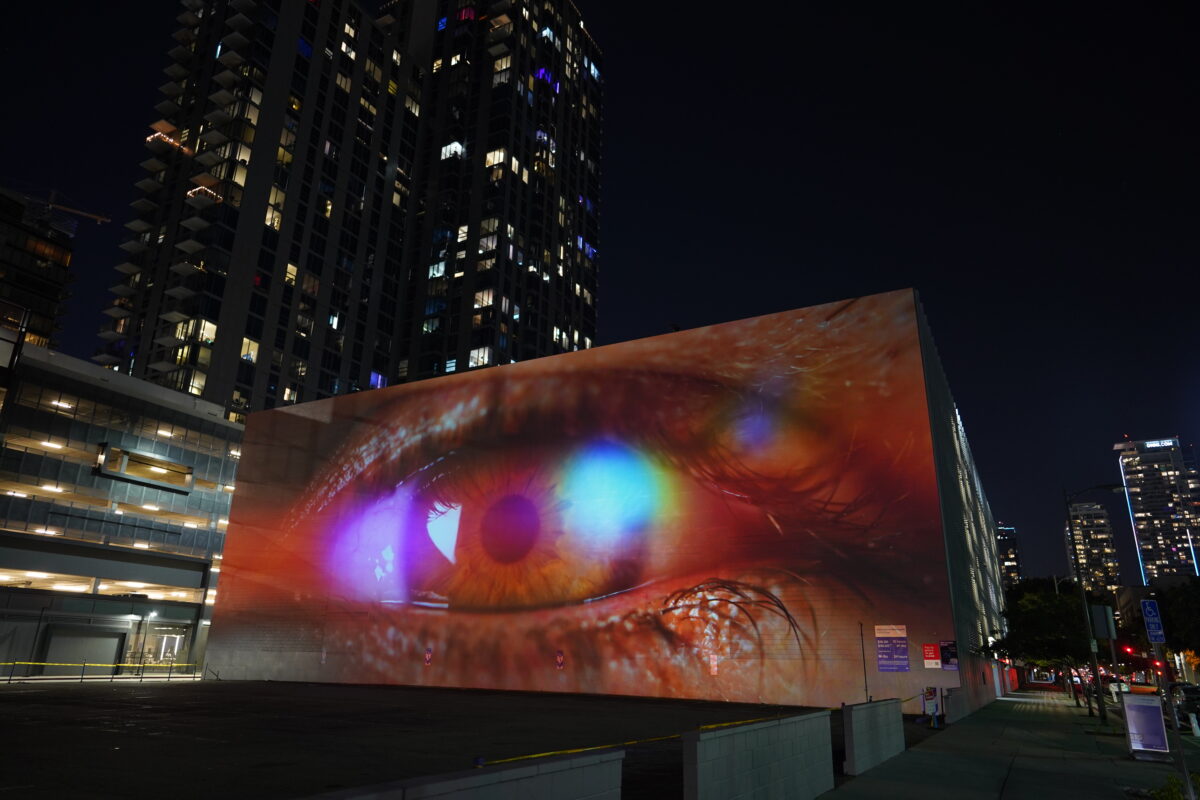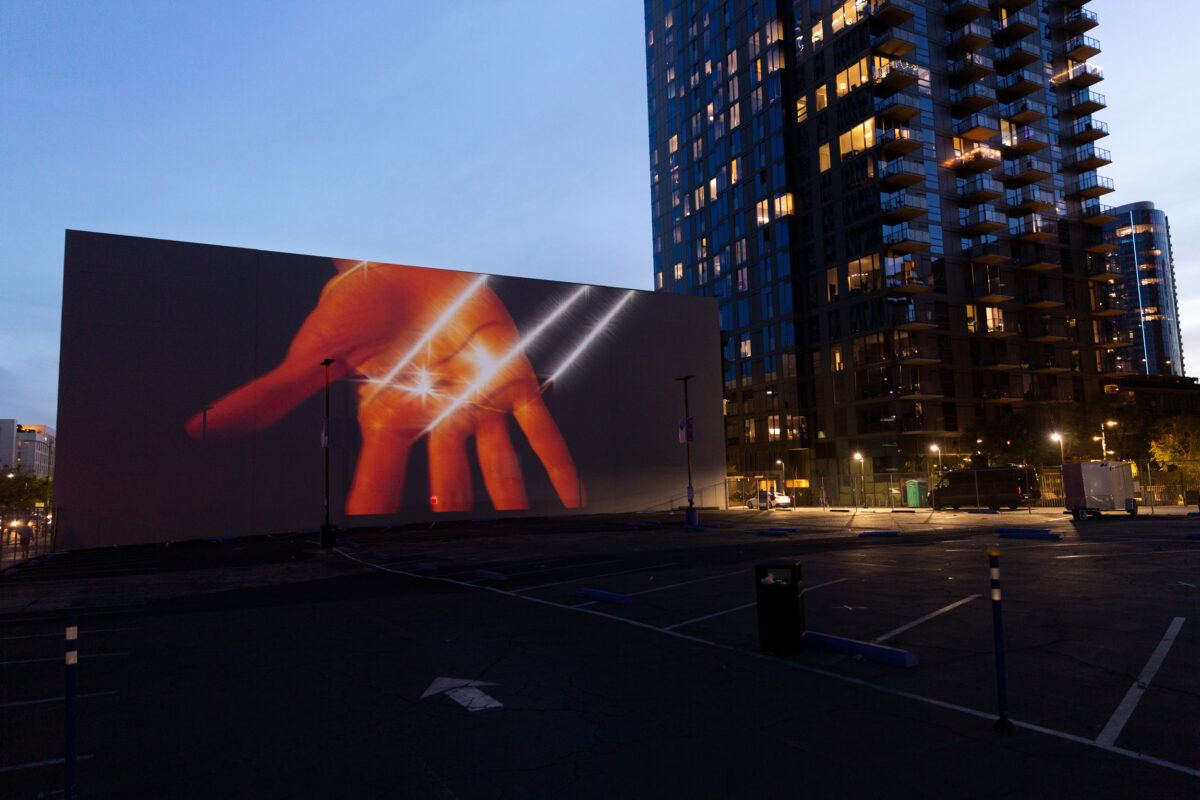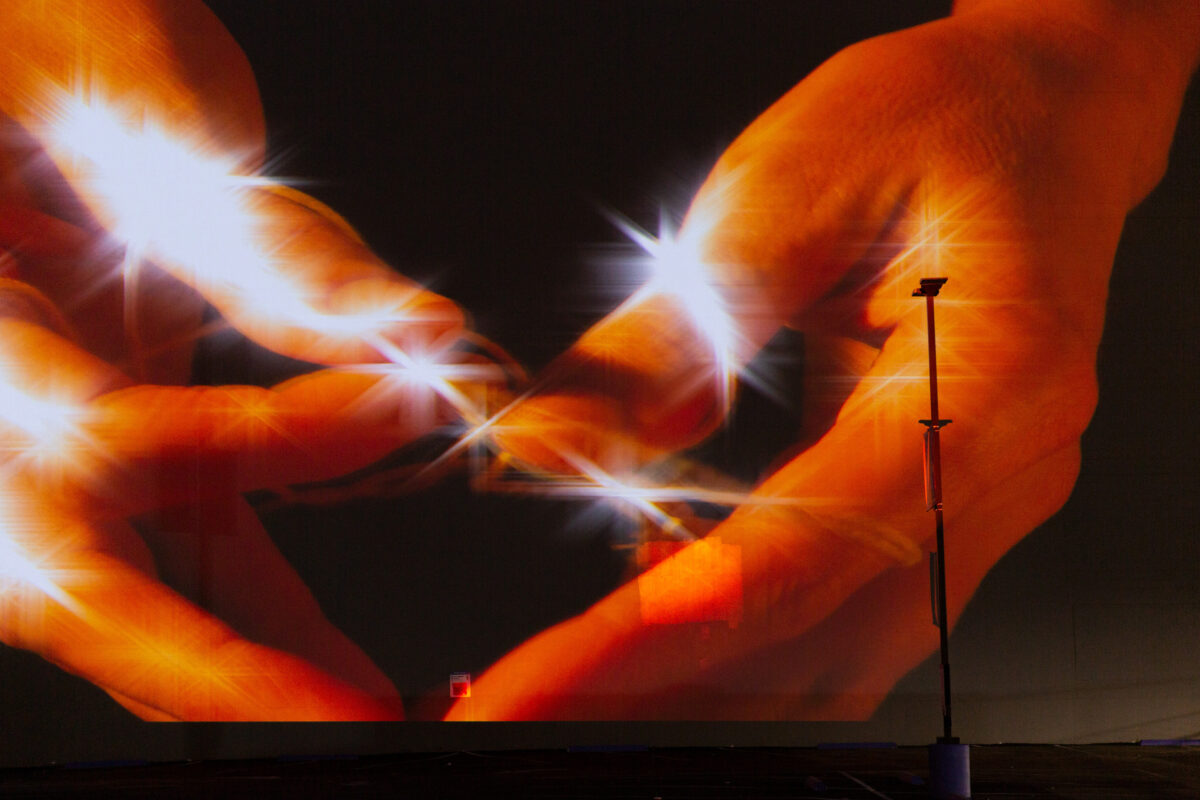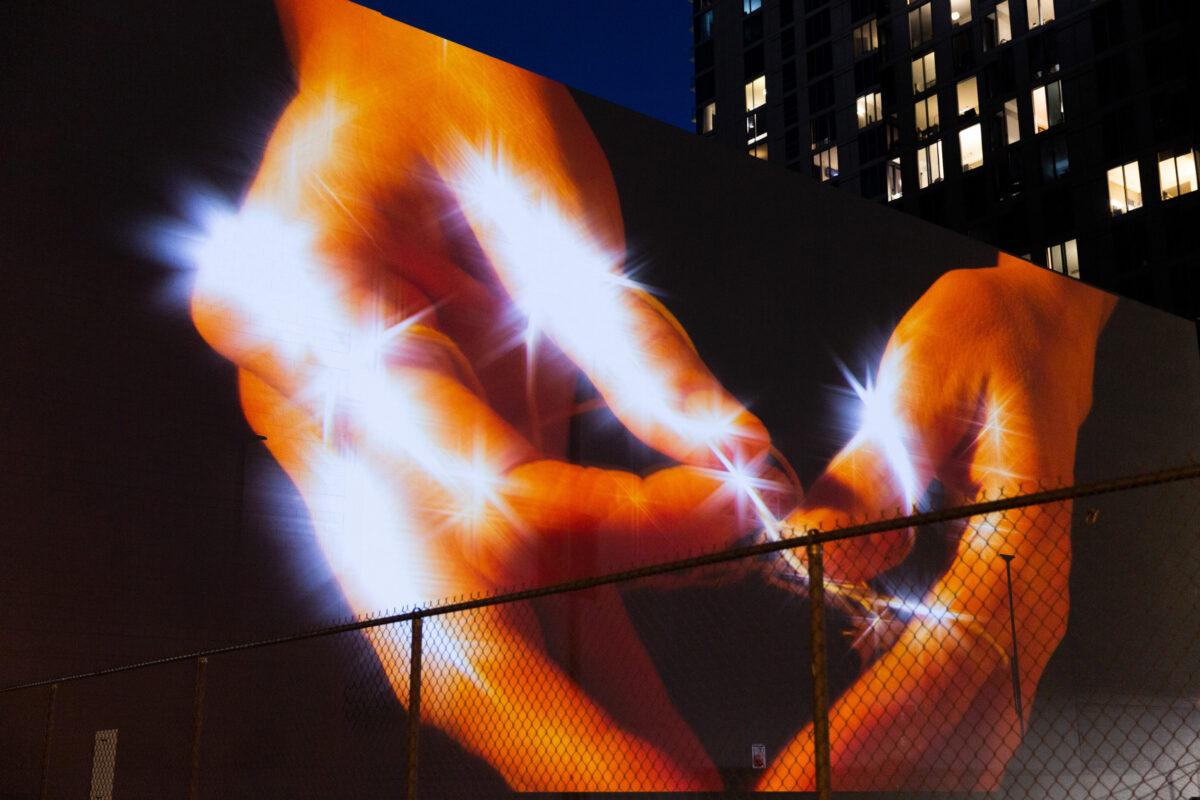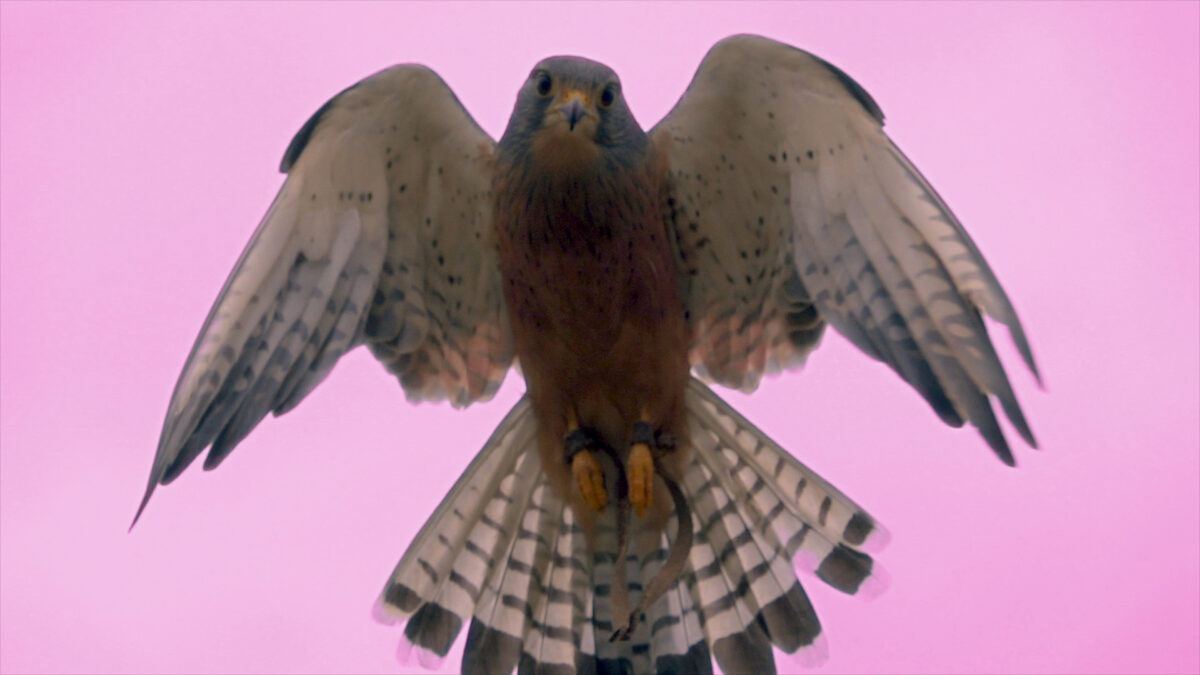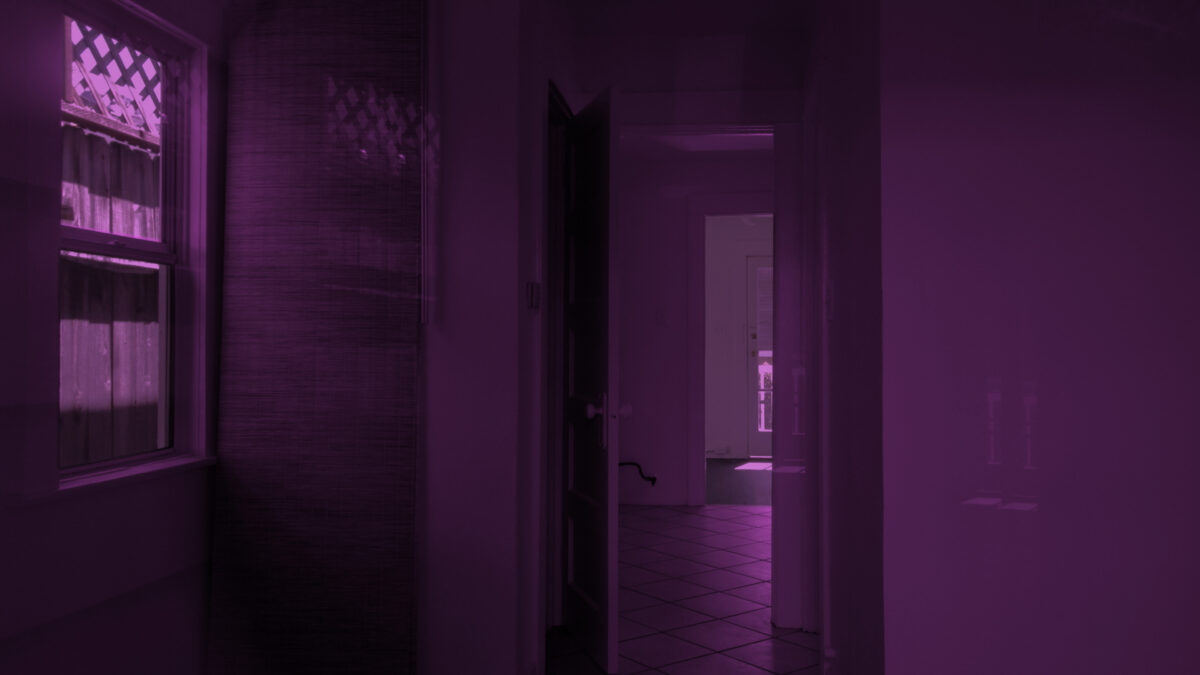Untitled (Door), 2024
video loop with asynchronous sound, 2024, RT 60 min
Untitled (Door), 2024 emerges from research on philosopher Ludwig Wittgenstein’s architecture, following his exit from philosophy after the publication of Tractatus Logico-Philosophicus. Images of windows, doors, walls, apertures, surfaces, slide in and out of the frame, generating unruly interiors, a symbolic search for an exit, operating within a language of intervals and sequences. An alternative to philosophy: making a house, a window, a door. In Untitled (Door), 2024, a narrow threshold opens on either side, light flows in two directions. Images slide in and out of frame, multiplied prismatically. Door, frame, shutter, iris, frame rate– Optics that speak to a sense of visual thresholds, populated by vibratory gaps. Not an image, a display of the unsteadiness of vision, with an interest in disability, restlessness, and class transformation. A new reading of Tractatus, examining the porousness of language and space, vertigo, falling, transformation, thresholds,and failure through video and text.



